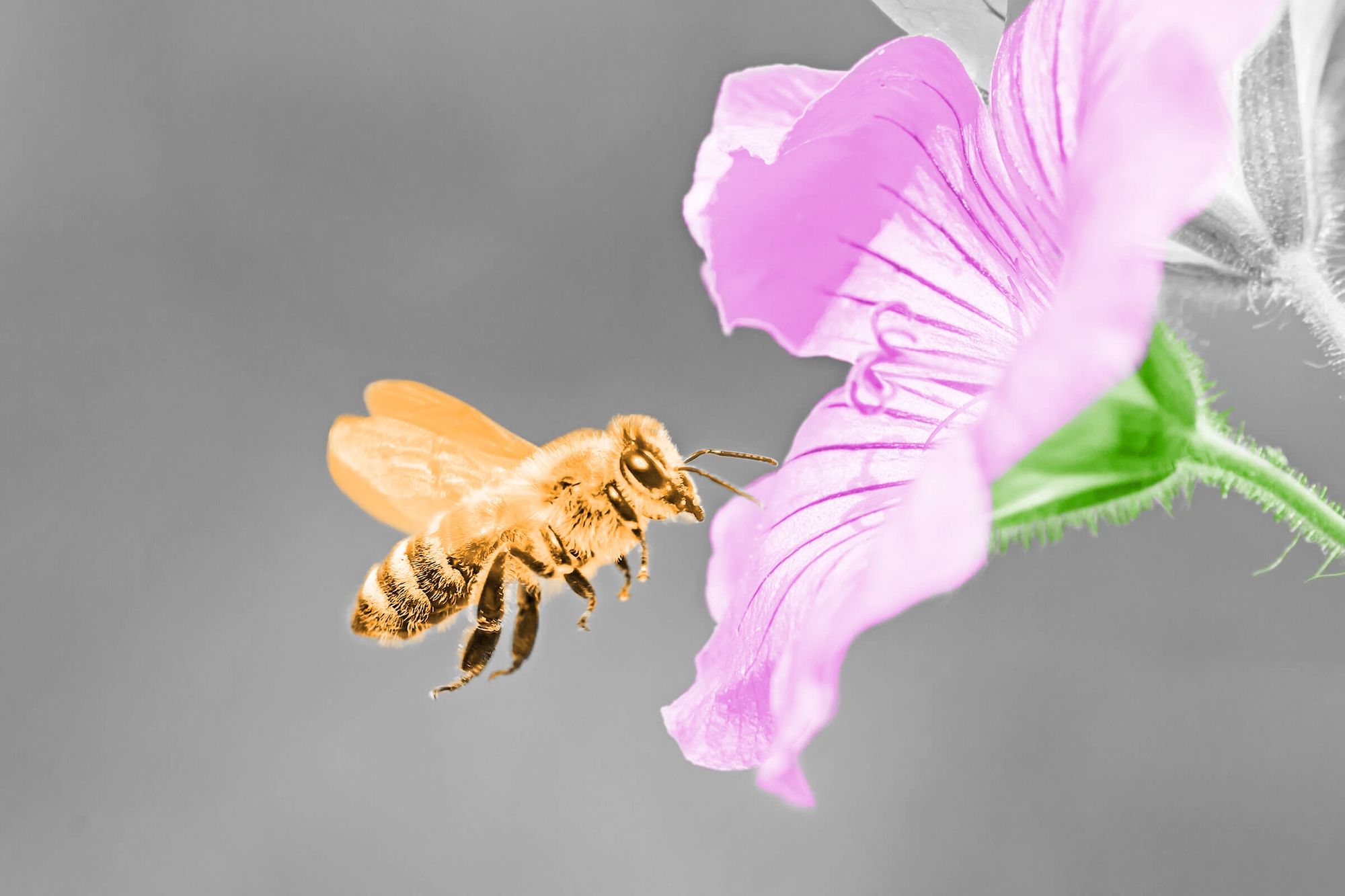
Octopuses don’t have tentacles; they have arms.
The most distinguishing feature about an octopus is its set of eight appendages — after all, they’re right there in the name. But don’t confuse that tangle of limbs for tentacles, because octopuses don’t have those — they have arms. For us armchair biologists, the two words seem interchangeable, but there’s an important difference. On animals such as squids, tentacles are usually longer and only have suckers on their clubbed ends; they’re primarily used for hunting. By contrast, a cephalopod's arms have suckers that smell, taste, and feel all the way down. Squids, for example, have both eight arms and two tentacles.
Of course, an octopus’s “arms” are nothing like the two appendages dangling from your torso. For one, octopus arms are entirely soft tissue, and that absence of bone makes octopuses incredibly flexible. But the most striking difference between octopus arms and our own is that all eight arms contain more than half of an octopus’s total neurons, cells that are usually concentrated in a central brain. This has led some scientists to theorize that octopuses essentially have nine brains — a centralized one and eight mini ones located in each arm. Recent research suggests that there might be more connection between these “brains” than previously imagined, and that an octopus’s arms are, at the very least, “clever” (a very peculiar adjective to describe an arm). Whatever the IQ of an octopus’s arms, it’s clear that they’re just as strange, and incredible, as the creatures themselves.
Octopuses are master contortionists with the ability to fit into incredibly small spaces — in fact, they can fit inside holes only an inch wide. A majority of an octopus’s body is soft tissue that can lengthen, contract, and contort in any way necessary. The only hard part on their body is the beak, which gets its name because these mouth parts resemble the beaks of parrots. The octopus uses its beak, made up of a fibrous substance called chitin (which also forms the exoskeletons of arthropods), to eat crunchy prey like crabs and clams. Because the beak is the only octopus part that can’t contort, it essentially sets the minimum size of the hole an octopus can squeeze into. To capture this amazing ability on camera, in 2010 National Geographic filmed an octopus as it passed through a plexiglass hole. The 600-pound creature squeezed itself through an opening the size of a quarter.

